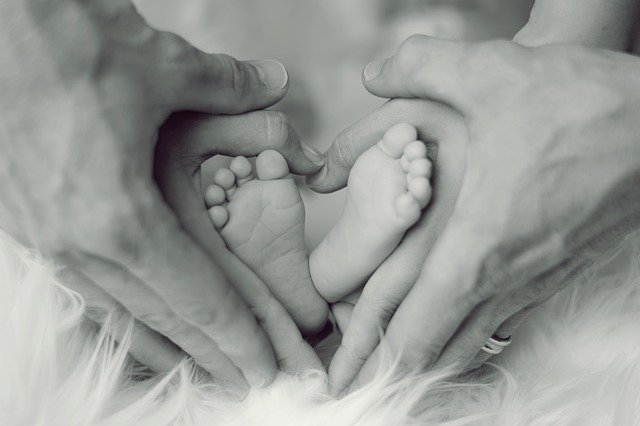Some couples who cannot get help from in-vitro-fertilization may require donor eggs to achieve parenthood. But some cases, donor eggs, and donor embryos cannot even help them to become conceive successfully. In such cases, surrogacy is the last option for them to start their family. Surrogacy is an infertility treatment arrangement in which a woman carries and delivers a child/children on behalf of the intended mother. The surrogate mother then relinquishes the child/children to the intended parents.

Although surrogacy is two types, traditional and gestational surrogacy, but most preferable and acceptable process is gestational surrogacy. Many countries already banned traditional surrogacy. A series of steps followed in gestational surrogacy that includes in vitro fertilization (IVF) – donor egg – gestational carrier process. The donor egg requires gestational surrogacy because of insufficient quantity or poor quality of eggs obtained from intended mother unable to give successful result after in-vitro-fertilization.
Surrogacy and egg donation process, two additional women need to give birth to a child. One woman acts as an egg donor means eggs are collected from that woman and artificially fertilized with the sperm of the intended father or sperm donor in the laboratory. Then the created embryo is implanted back to the gestational surrogate’s uterus for further development of the fetus.
Intended parents may choose the fresh or frozen egg donation option from an anonymous or known screened donor. Genetic testing is performed to select the best embryo for transfer to the gestational carrier; whereas other viable embryos are cryopreserved for subsequent use. Both egg donor and gestational carrier may be known to the intended parents or else surrogacy agency can arrange egg donor and gestational carrier by considering a close match with the intended parents’ requirements.
Involving reputed assisted reproductive technology (ART) service provider helps to conduct the whole process in a hassle freeway. ART service providers help to search properly matched egg donors and gestational carriers. The service provider collaborates with the reproductive team and does all the necessary arrangements to fix the meeting between intended parents and egg donors and gestational carriers. The ART service provider also arranges physicians, nurses, mental health, and financial and legal counselors. They take responsibility to do the necessary medical screening and draw up the necessary legal contracts.
All the involved parties mean egg donors and gestational carriers need to undergo a routine medical screening, past medical history, and physical examination. Both intended parents and gestational carriers need mental health counseling to discuss the unique challenges like parenting issues, parent-gestational surrogate complex relationship, and age-appropriate ways of disclosure to your children.
How the process is conducted?
Surrogacy with egg donation requires synchronization of the cycle between the egg donor and the gestational carrier who receive the embryo. Birth control pills are prescribed at the beginning of the follicular cycle of both women. Then put the women “on hold” and treatment can be discontinued at the same time for both of them. To synchronize the cycle, progesterone injections are given to the recipient, and HCG is given to the donor just one day after. The reason for synchronizing the donor and recipient is to prepare the endometrial lining of the recipient must be in a stage of receptive to implantation of the embryo and support the further development of the fetus.



